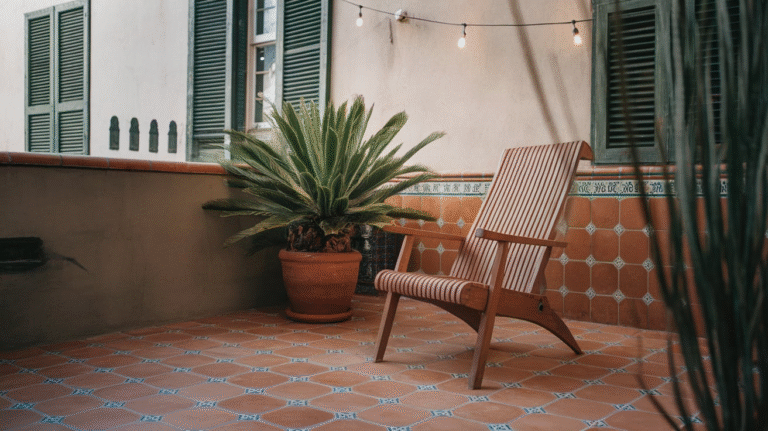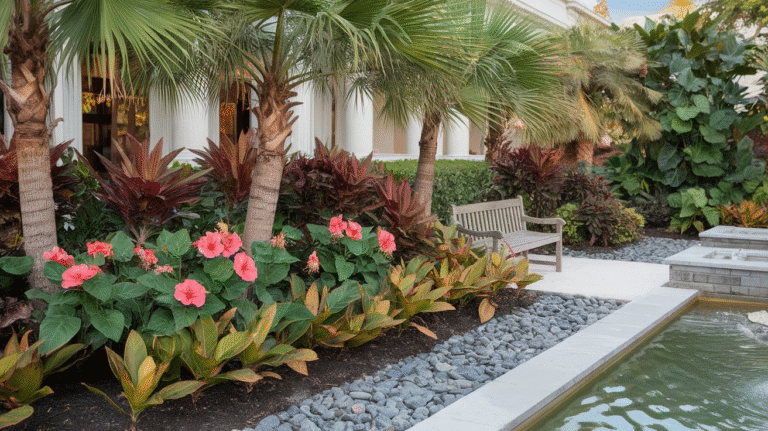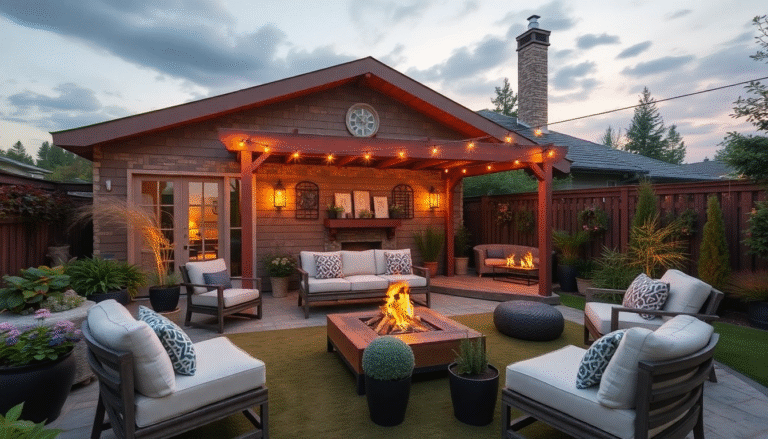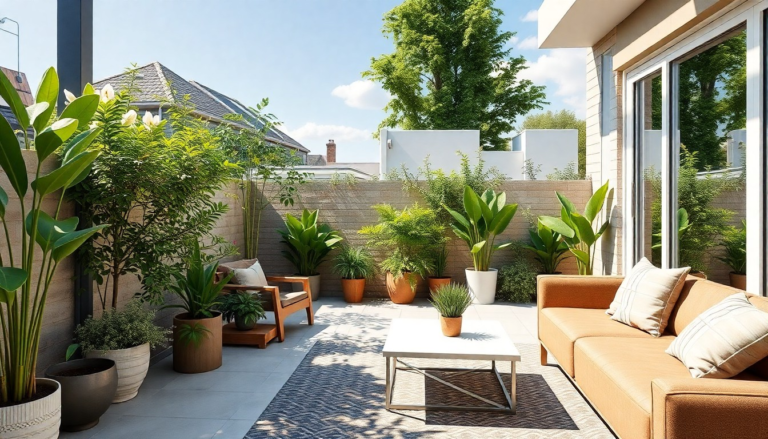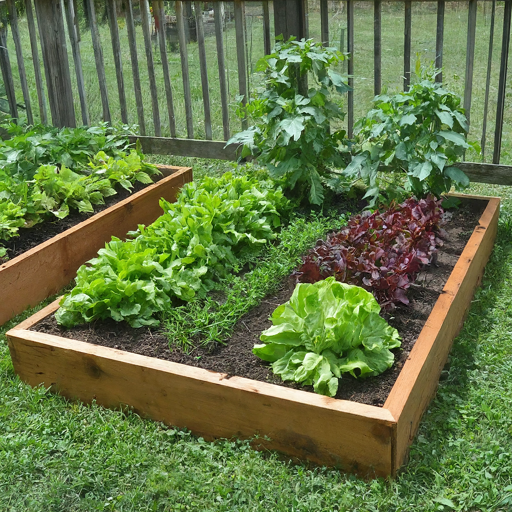19 Easy Garden Ideas: Grow a Lush, Low‑Effort Space Without Losing Your Mind
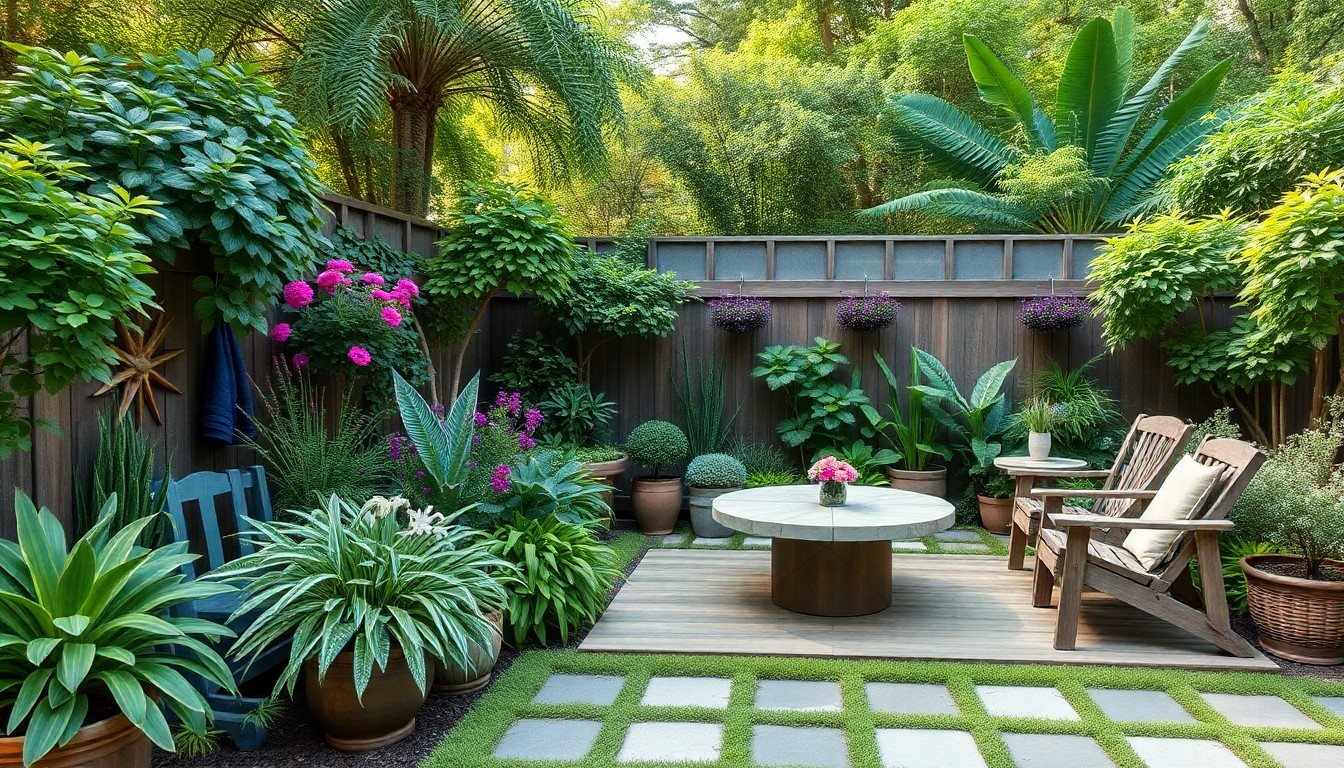
You don’t have to be a veteran gardener with a degree in botany or the patience of a Zen monk to create a beautiful, functional garden.
In fact, some of the best spaces come from quick ideas, tiny tweaks, and a deep understanding of how nature operates when you just help it along.
I’ve learned over the years — after countless sunburns, dirty knees, and too many failed tomato plants — that the best garden is one that suits you, not a magazine cover.
Here are 19 ideas, explained in depth, that can transform any space into a green haven you’ll actually enjoy, along with stats, personal anecdotes, and actionable advice you can use right now.
1. Container Gardening for Small Spaces
Why it Works: You don’t need an acre of land for a garden.
According to a survey by the National Gardening Association, 36% of Americans now garden in containers, making it one of the fastest-growing trends.
If you’ve ever tried hauling a huge bag of soil up three flights of stairs (guilty!), you already understand why container gardening shines. All you really need are:
- Pots (terra cotta, plastic, or repurposed old buckets).
- Good quality potting mix.
- Plants suited for your climate.
Try this: Plant dwarf tomato varieties or fragrant herbs like basil and mint for a kitchen garden you can tend with a cup of morning coffee.
You’ll be surprised how many meals you can jazz up with a handful of freshly plucked leaves.
Personal Tip: My first container garden was an old galvanized metal tub filled with lettuce and spinach.
Not only was it productive, it acted like a statement piece for my tiny patio.
2. Vertical Gardening to Save Space
Why it Works: According to NASA studies, greenery can reduce ambient temperatures by up to 5°F, making vertical gardens ideal for hot climates and urban spaces.
They also add visual interest and save valuable floor space.
Try this: Use a pallet, trellis, or hanging pockets for planting herbs, strawberries, or trailing flowers.
Personal Tip: The first time I tried a pallet garden, I planted strawberries and watched as the vines cascaded down like a fruit-filled waterfall.
My friends thought I was some garden wizard.
3. Raised Garden Beds for Healthier Plants
Why it Works: The University of Florida’s IFAS Extension found that raised beds can increase crop yields by 25–50% compared to traditional planting methods.
They also reduce bending, making it ideal for those with bad knees.
Try this: Build a simple bed with untreated wood, fill it with a mix of compost, topsoil, and organic matter, and plant vegetables like lettuce, carrots, and peppers.
Personal Tip: When I switched to a raised bed, the first thing I noticed was how quickly the soil warmed up in spring — making planting earlier and harvesting longer a reality.
4. Use Native Plants for Low‑Maintenance Beauty
Why it Works: Native plants evolve to suit the local climate, making them low‑maintenance and highly resilient. According to the Audubon Society, using native plants can reduce water usage by up to 50–60%.
Try this: Find out which flowers, grasses, and shrubs are native to your area. In the southern US? Try black‑eyed Susan or butterfly milkweed. In the Northeast? Try asters and coneflowers.
Personal Tip: When I stopped trying to grow tropical hibiscus in the bitter cold of New England and embraced native asters, my garden came alive — and the bees came too.
5. Herb Spiral for Vertical Interest
Why it Works: An herb spiral creates planting spaces at different elevations, making it ideal for growing herbs that have different sun and moisture requirements.
Try this: Build a spiral using bricks or stones and plant Mediterranean herbs like rosemary and sage at the top (drier spots), and moisture‑loving herbs like mint at the base.
Personal Tip: My first herb spiral felt like a piece of edible sculpture — friends started popping by just to pick a sprig of basil.
6. Use Mulch to Save Time and Water
Why it Works: According to the USDA, mulch can reduce water evaporation by up to 25–30%, making it one of the simplest ways to save water and minimize weeding.
Try this: Cover garden beds with a 2–3 inch layer of wood chips, straw, or shredded leaves.
Personal Tip: After I started mulching, I noticed how much longer my soil stayed damp after summer rains, and the best part? No more early morning wrestling matches with weeds.
7. Try Companion Planting for Pest Control
Why it Works: Certain plants naturally deter pests and can reduce the need for chemicals. According to a study published in PLOS ONE, planting marigolds can reduce nematodes by 40–60%.
Try this: Plant marigolds with tomatoes, basil with peppers, and nasturtiums with cucumbers.
Personal Tip: The first year I tried companion planting, I felt like I had discovered some ancient gardening secret. Suddenly, fewer pests meant more tomatoes for summer salads.
8. Add a Birdbath or Water Feature
Why it Works: A water feature attracts pollinators and beneficial insects. According to the USDA Forest Service, bird‑friendly habitats can reduce pest populations by 30–40%.
Try this: Install a simple birdbath or use a shallow dish with clean water.
Personal Tip: My birdbath became the social hub of the garden. It was like a tiny café where hummingbirds, dragonflies, and finches stopped by for a drink.
9. Try a No‑Dig Garden for Rich, Aerated Soil
Why it Works: No‑dig methods reduce soil disruption, allowing earthworms and beneficial microbes to flourish. According to the Journal of Environmental Quality, no‑till planting improves soil structure and can increase yields by 12–15%.
Try this: Build layers of compost, cardboard, and mulch directly on top of the existing soil.
Personal Tip: When I switched to no‑dig planting, I felt like I had freed the soil from a lifetime of back‑breaking work. The earth responded with plumper, richer vegetables every summer.
10. Use Garden Paths for Aesthetic and Functional Spaces
Why it Works: Paths create visual structure, making spaces feel orderly and inviting.
Try this: Lay down stepping stones or wood chips to create walkways. Incorporate plants that spill slightly onto the path for a charming, lived‑in vibe.
Personal Tip: Adding a winding path made my garden feel like a secret garden — suddenly, every visitor wanted a guided tour.
11. Install a Small Greenhouse for Year‑Round Growing
Why it Works: According to the USDA, extending the growing season can increase vegetable yields by 40–60% in colder climates.
Try this: Even a small, portable greenhouse can protect seedlings and delicate plants from early frosts.
Personal Tip: My tiny greenhouse saved countless tomato and basil plants from spring cold snaps. It felt like cheating — in the best way possible.
12. Use Rain Barrels for Sustainable Watering
Why it Works: An average roof can capture 600 gallons of water for every inch of rain (EPA). This is free water that can reduce your water bill and help plants survive dry spells.
Try this: Install a rain barrel at the end of your downspout and use the water for garden beds.
Personal Tip: The first summer I used rain barrels, my garden felt like a hidden oasis. My water usage dropped by almost 30%.
13. Add a Garden Bench for Reflection
Why it Works: A place to sit encourages you to spend more time enjoying your garden, making maintenance feel like therapy rather than work.
Try this: Choose a shaded spot and add a rustic bench or swing.
Personal Tip: I put a worn wooden bench at the end of a garden path, and it quickly became my favorite spot for morning tea and evening stargazing.
14. Use Garden Lights for Atmosphere and Safety
Why it Works: According to the American Lighting Association, well‑placed garden lighting can reduce accident risk and make spaces usable after dark.
Try this: Install solar‑powered path lights or use fairy lights strung through trees.
Personal Tip: The first night I lit up the garden, it felt like stepping into a scene from a magical movie. Suddenly summer nights felt longer, warmer, and more inviting.
15. Build a Pollinator Garden
Why it Works: According to the Xerces Society, pollinator‑friendly plants can increase crop yields by 30–40% due to improved pollination.
Try this: Plant a mix of flowers that attract bees, butterflies, and hummingbirds, like lavender, echinacea, and salvia.
Personal Tip: The year I added a pollinator bed, I felt like I had opened a five‑star resort for bees. The hum of activity felt like applause for doing my part.
16. Try a Low‑Water Rock Garden
Why it Works: Perfect for dry climates, a rock garden can reduce water usage by up to 50%.
Try this: Mix native drought‑tolerant plants like sedums, lavender, and agave with decorative stones.
Personal Tip: My first rock garden started as a way to use leftover landscaping stone. Now it’s one of the easiest spots to maintain — and a favorite spot for afternoon naps.
17. Add a Composting Area for Rich Soil
Why it Works: According to the EPA, composting can reduce landfill waste by 30% and improves soil health.
Try this: Set up a compost bin or build a simple pallet compost area to break down kitchen and garden waste.
Personal Tip: The first batch of compost I made felt like alchemy — kitchen scraps became black gold that doubled the yield in my vegetable beds.
18. Incorporate Garden Art for Personality
Why it Works: Garden art can add character, making spaces feel like an extension of your personality.
Try this: Hang a piece of driftwood, add colorful mosaic stones, or create a quirky sculpture from salvaged materials.
Personal Tip: My garden gnome (aptly named Mort) became a conversation starter. Suddenly, my garden felt like a space for stories as much as flowers.
19. Design a Fragrance Garden
Why it Works: According to a University of California study, aromatic plants can reduce stress levels by 30–40%. Fragrance connects deeply with emotion and memory.
Try this: Plant lavender, honeysuckle, lilacs, or gardenias near windows or seating areas.
Personal Tip: The first time I added night‑blooming jasmine near my porch, the garden felt like it had a heartbeat. The air became a swirling reminder of summer nights and childhood stories.
Final Thoughts
Each of these ideas can be tailored to suit your space, climate, and lifestyle. The best garden doesn’t have to be the biggest or fanciest — it just has to be yours. Try one or two ideas this weekend, and watch as your garden evolves from a patch of earth to a place where life happens.
Remember: The biggest secret to making a garden that lasts? Treat it like an old friend. Listen to it, learn from it, and give it time. The results will surprise you every season.

